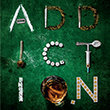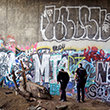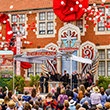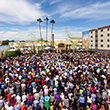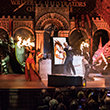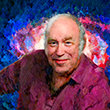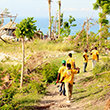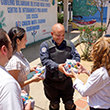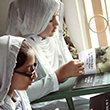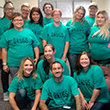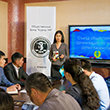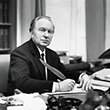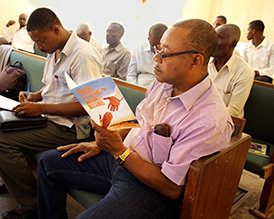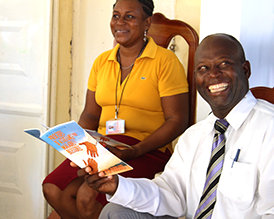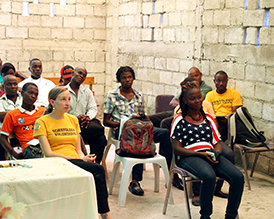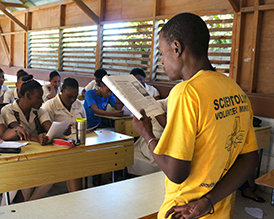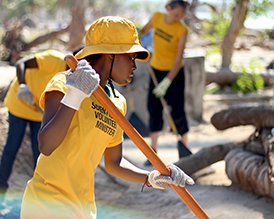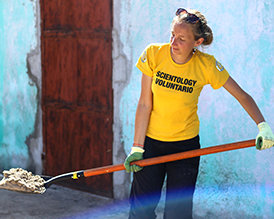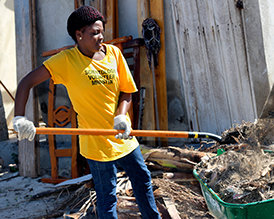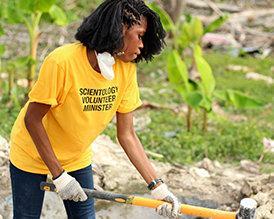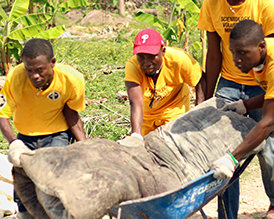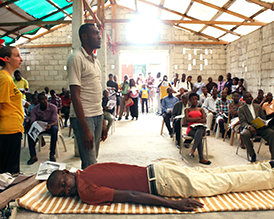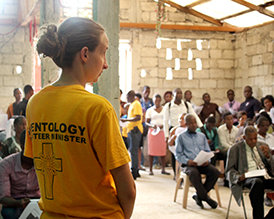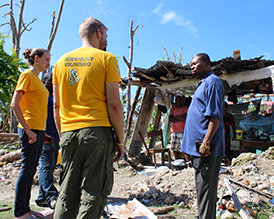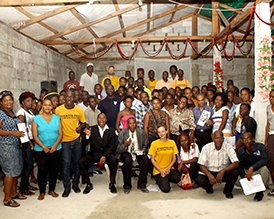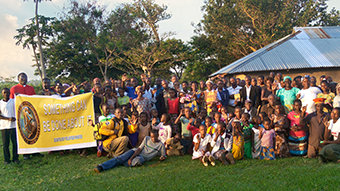Scientology Volunteer Ministers trained in the wake of two of the island nation’s worst disasters now serve as a permanent force for hope and help.
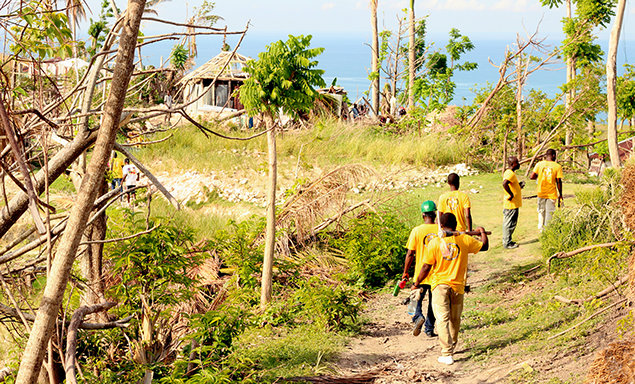
Although the Caribbean nation of Haiti, on the western part of the island of Hispaniola, serves up plenty of scenic vistas, 80 percent of its residents live below the poverty line, with more than half living on less than $2 per day. Even in the best of times, the electricity in their homes is spotty so they carry flashlights at night. Haiti’s oppressive tropical climate makes life there difficult, and the island’s unfortunate location, which seems to attract Mother Nature’s wrath, can make the nation seem doomed.
Who can forget the 7.0 earthquake that struck about 16 miles west of Port-au-Prince, the capital, in January 2010—claiming more than 250,000 lives, destroying 100,000 homes and adversely affecting more than 3 million residents in all. And in October 2016, Hurricane Matthew tore across the island, leaving more than 1,000 dead and 1.4 million in need of humanitarian aid.
In the wake of both disasters, Scientology Volunteer Ministers (VMs) helped to alleviate the tragic history of Haiti by providing spiritual aid. By the time the 2010 earthquake hit, native Haitian Wibens Lorzeme had read Scientology Founder L. Ron Hubbard’s seminal book, Dianetics: The Modern Science of Mental Health, and had read his practical guide to living, The Way to Happiness, 15 times. The quake and the death of so many of his fellow Haitians devastated him. “After that day I felt despair,” he says. “There was no hope possible in my eyes. Fortunately, that lasted only a week, because I met the Volunteer Ministers of Scientology who were not only telling me, but proving to me that there was hope for Haiti.”
Lorzeme made the decision to join with the VMs to help the victims and his time commitment soon grew. In Port-au-Prince, he said, he went to meet with VMs with the idea of spending two weeks with them. “But when I saw how those awesome people from all over the world were working without asking for something,” Lorzeme said, “I said to myself, ‘If those people are not Haitian, and they are helping without limit, what about me? Should I leave or stay helping my Haitian brothers and sisters?’ The answer was ‘yes,’ but for one month.”
Along with other VMs, Lorzeme began to improve the lives of the people who were affected by the quake by delivering food and water to tent cities and medicine to hospitals. He also acted as a translator between French and English speakers. He then began training on the signature skills of a Volunteer Minister, including seminars on Mr. Hubbard’s Study Technology to improve literacy and on Scientology “assists”—mental and spiritual techniques that alleviate discomfort and help a person to speed recovery and healing. Lorzeme created a group with his two cousins to deliver VM training seminars and opened the first training center in Haiti in March 2010. After delivering scores of seminars in multiple towns and villages, to as many as 1,200 individuals at a time, Lorzeme found that his help was so well received, people were asking him not to leave. The experience served to increase his understanding of the importance of the work these philanthropists do. “A VM never closes his eyes on something bad,” he said, “because we believe that something can always be done about it.”
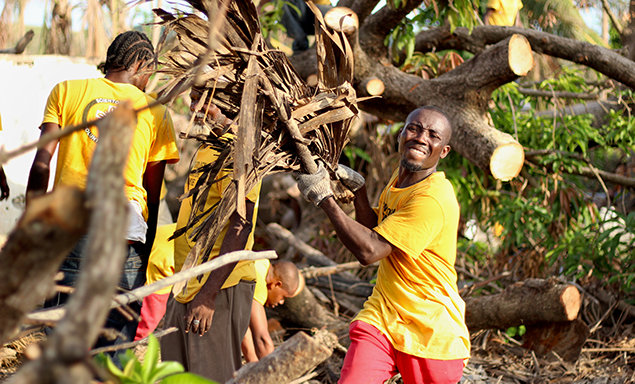
When Hurricane Matthew assaulted the nation in October 2016, Haiti had a significant VM force in place to draw upon for response. Lorzeme once again was an integral part of relief efforts, this time in Les Cayes and Jérémie, the two hardest-hit areas. Knowing that the people wearing the bright yellow shirts were onsite to help, residents approached Lorzeme and others “asking for our support on cleaning, rebuilding, cutting trees and delivering assists,” he says.
In the aftermath of Matthew, VMs reported the villages were devoid of life or buildings, and three feet of sand covered the foundations on which houses once stood. “People who had very little to start with,” read one log from the relief effort, “they now had nothing at all. … No source of income, no source of food and just a scrap of shelter. Houses were put together with random pieces of sheet metal, which were obviously blown in by the hurricane from other parts of the country. Mismatched sheet metal, tarps and odd-shaped tree branches were what held these ‘houses’ together.”
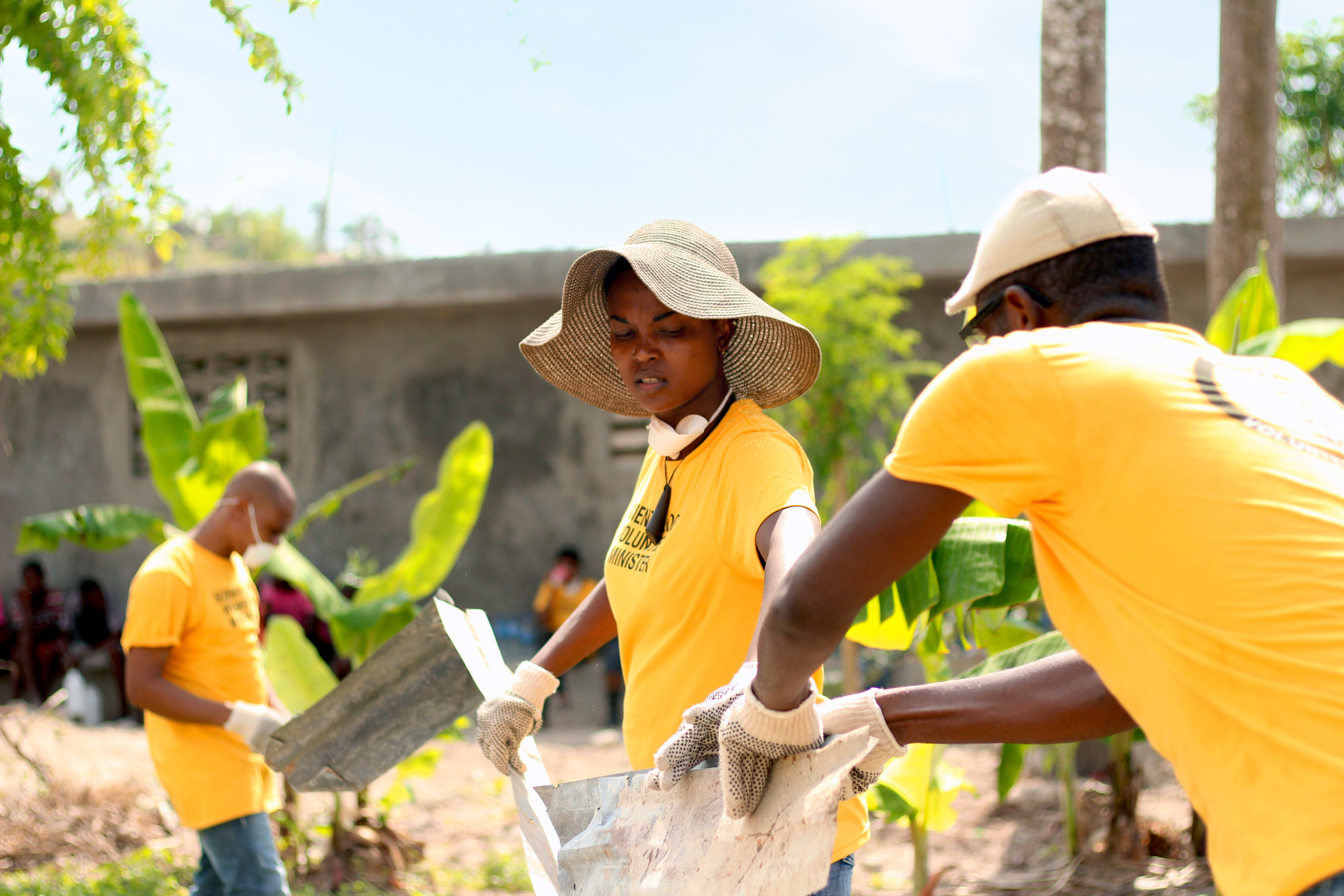
The VM teams undertook the work to create order out of chaos. “We were able to build homes for several families who lost everything,” reported one VM. Within a couple of weeks, after having been uplifted, inspired and shown practical skills of the Volunteer Minister, the locals rebounded, and “the entire village was completely changed into action and production.”
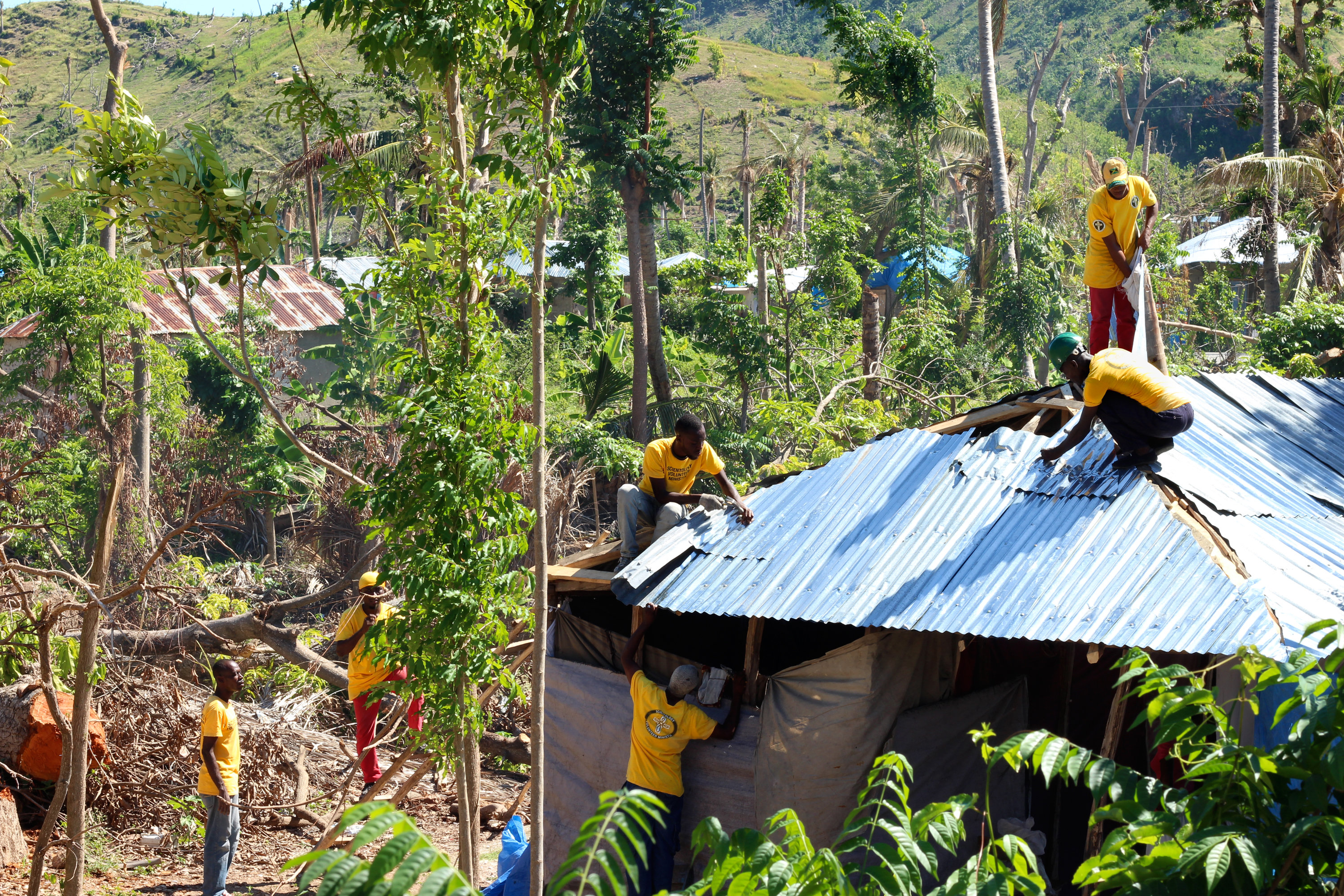
Sara Borja, who served as a Volunteer Minister in Ecuador, arrived in Haiti and found “people protesting for lack of help, burned tires, looting of vehicles in search of anything to eat, water or something to sell. That insecurity I felt at the moment is an experience not very easy to confront—feeling vulnerable.” And yet she did what VMs do: She overcame the emotions that might hold back others who have not received VM training, then got to work, successfully administering hundreds of assists.
Borja says, “We arrived and we settled in a space to give assists, and soon we would be full” with locals awaiting their turn to be helped. “People thanked us for this simple but powerful technology that changed many lives.”
Today, Volunteer Ministers in Haiti like Wibens Lorzeme continue to render their help in any of life’s emergencies. Then there are those like Borja who answered the call and returned home, “knowing that I was part of this team that now continues to do great things and change lives.”

